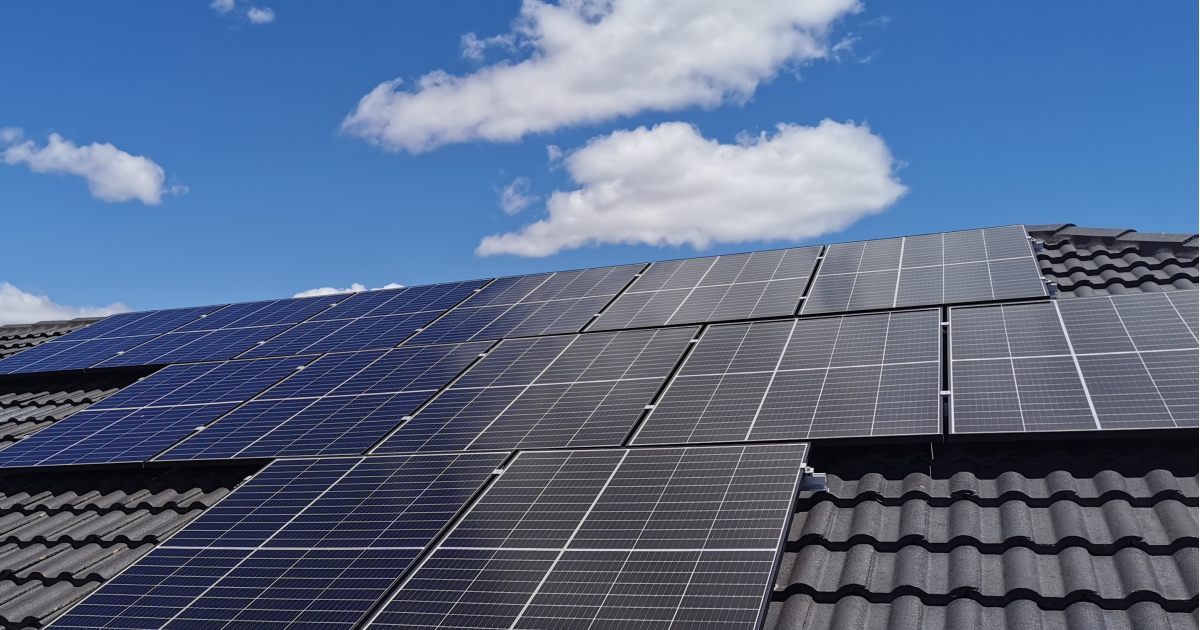New figures from the Clean Energy Regulator provide an initial look at the number of small-scale solar power system installations in Australia last year.
The Regulator released updated figures yesterday indicating 290,241 installations of systems below 100kW capacity occurred in 2022. It’s a big drop on 2021, when there were 377,408 installs.
But even though the calendar has flipped over to 2023, the show’s not over yet for 2022.
The Regulator bases its numbers on systems that have had Small-scale Technology Certificates (STCs) validly created against them. These STCs form the basis of Australia’s solar rebate; explained in detail here. There’s a 12 month period after installation when STCs can be created. So, figures for 2022 will continue to increase throughout the year, but it’s likely there will be a much clearer picture within the next couple of months.
Bearing that in mind, here’s how each state fared (so far) in terms of installs in 2022, compared to 2020 and 2021.
| 2020 | 2021 | 2022 | |
| ACT | 5,577 | 6,463 | 8,438 |
| NSW | 110,788 | 110,218 | 86,308 |
| NT | 3,242 | 1,940 | 1,571 |
| QLD | 88,408 | 90,187 | 72,309 |
| SA | 36,347 | 32,593 | 26,768 |
| TAS | 3,363 | 4,113 | 3,795 |
| VIC | 74,310 | 83,132 | 53,978 |
| WA | 48,285 | 48,762 | 37,074 |
| Totals | 370,320 | 377,408 | 290,241 |
As for the amount of small-scale solar power capacity installed, at this point it’s around the 2.51GW mark; bringing the total since 2001 to ~19.03GW. The number of small scale PV systems installed since 2001 will exceed 3.64 million. That’s a lot of solar panels.
Based on 2022 figures, average system capacity installed last year was around 8.7kW. But included in that aren’t just residential installs – there’s also a bunch of small commercial solar systems that would lift the average. However, while 6.6kW systems may still rule the roost on the home scene, larger sizes such as 10kW systems are certainly becoming more popular. So, we can expect the average capacity to continue to grow.
2022 Was A Pretty Weird Year
Comparatively speaking, interest in and action on going solar was rather subdued in the first half of last year and there was some gnashing of teeth and rending of garments within the industry as the heat came out of the market. But then news of major electricity price rises started to trickle from various media outlets, and that soon became a flow. And pow! Demand went gangbusters.
It’s an ill wind that blows nobody any good as they say.
2023 Will Be <Insert Prediction> For Australian Home Solar
There’s been talk of 2023 being another boom year for home solar. That might happen as electricity cost increases already baked in (and those to come for a while) continue to really hit home.
I’m currently reading a book about a fungus that quickly takes over the world and kills many of us. I guess that could happen and slow uptake. Or something less dramatic (and fanciful) that puts a dampener on.
Given “left-field” events are becoming the norm in this slowly toasting and otherwise somewhat messed-up world, I’ll leave detailed predictions about what will happen in 2023 to the experts in this sort of thing.
But regardless of how many systems are installed in Australia this year, households having panels put on their rooftops should make out like bandits in terms of slashing their energy costs. That is assuming they research going solar first to ensure they choose a good installer who will provide the right system for their situation.
Australians saving money on electricity is always good news – so in that regard, it *will* be yet another great year in 2023.


 RSS - Posts
RSS - Posts



This is really interesting Michael.
I’m amazed to see the number of installs are so far down. Do you think this might be linked to the wild weather. I’m also curious if this was driven by peoples fears around Huawei inverters?